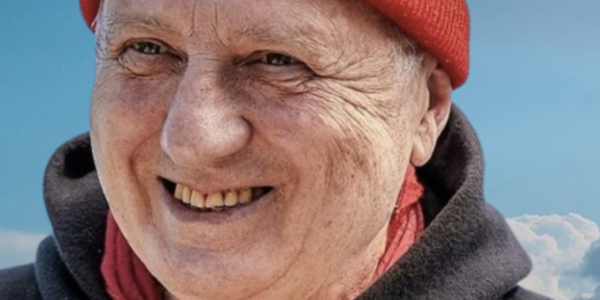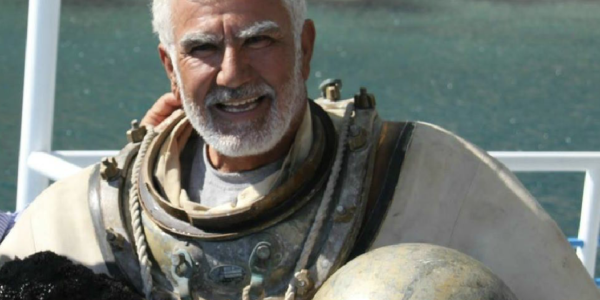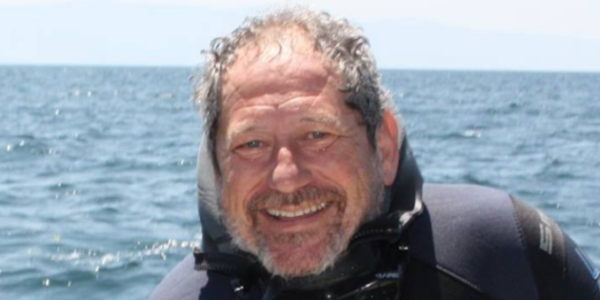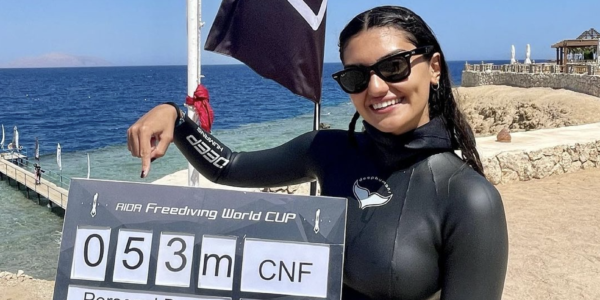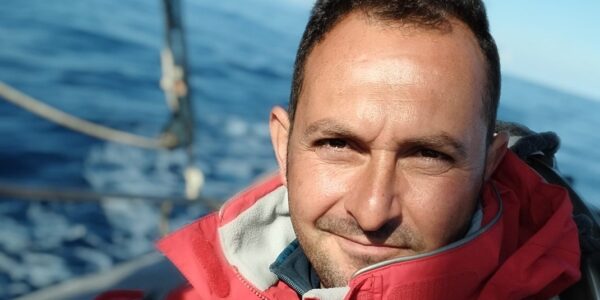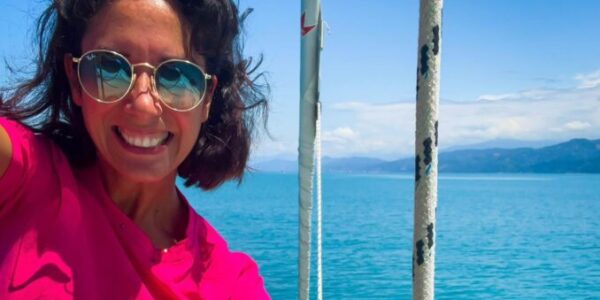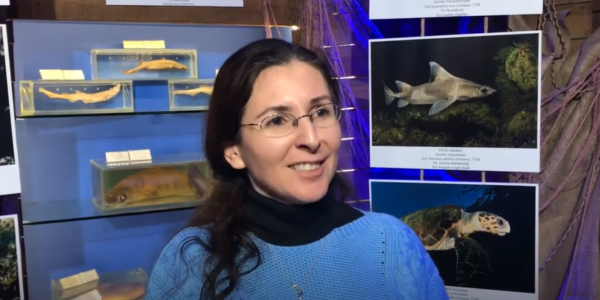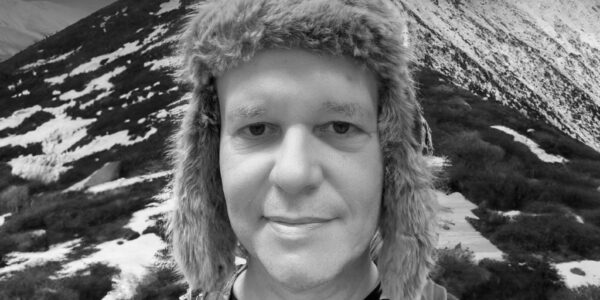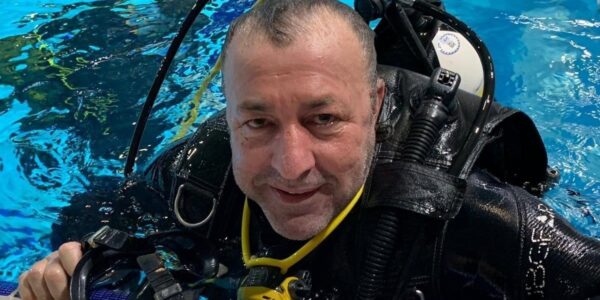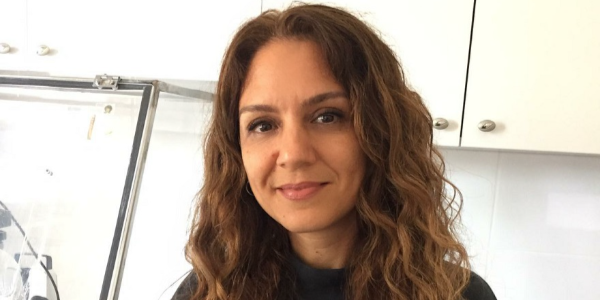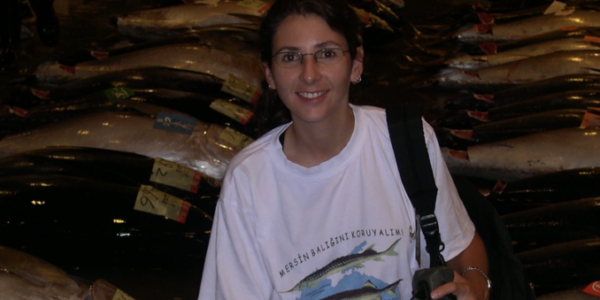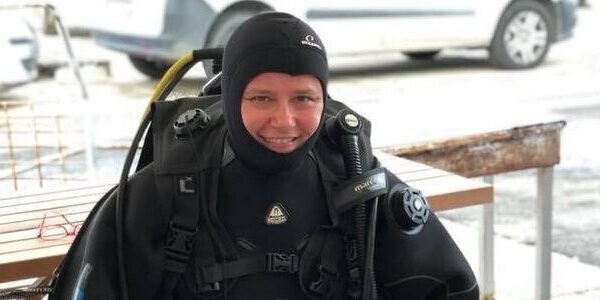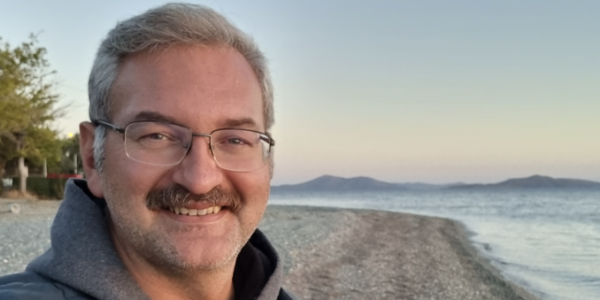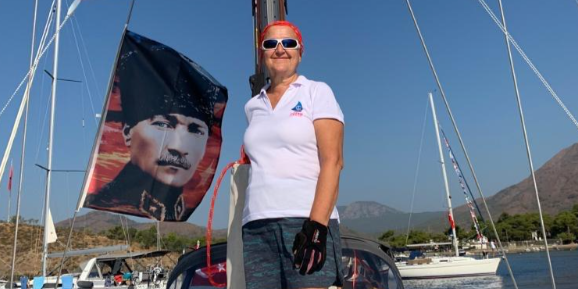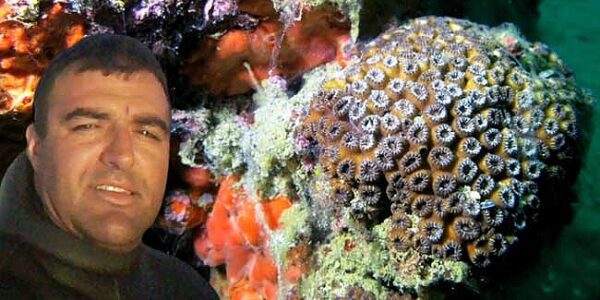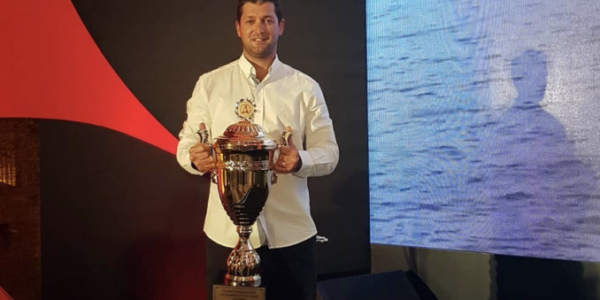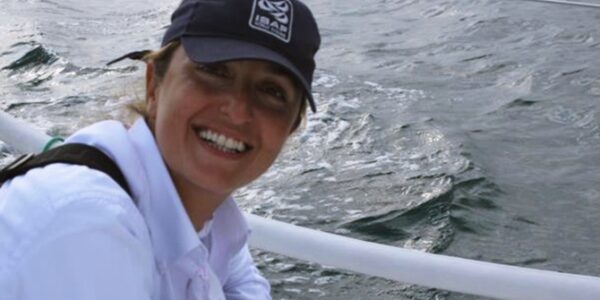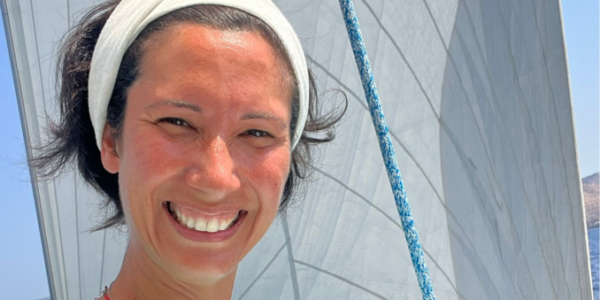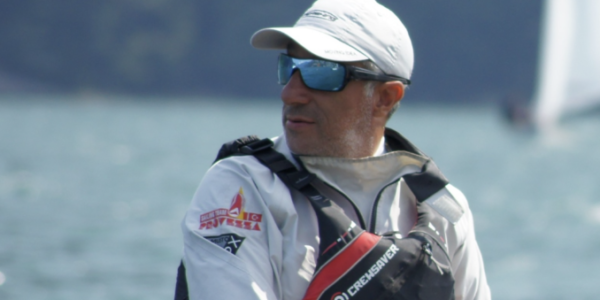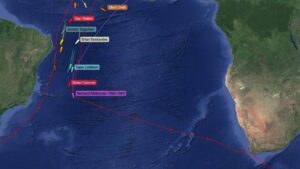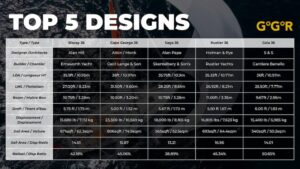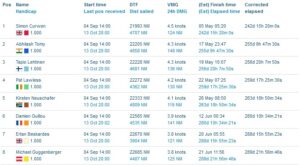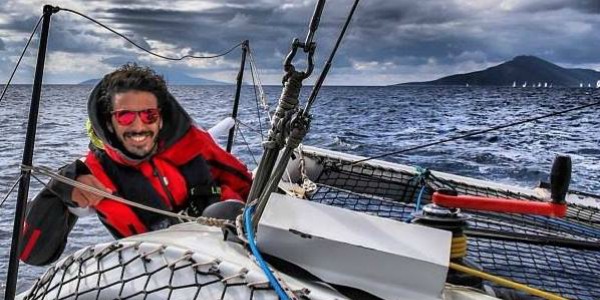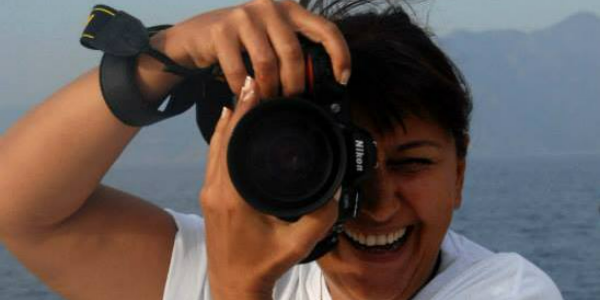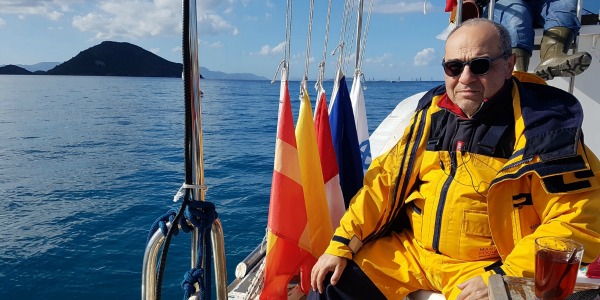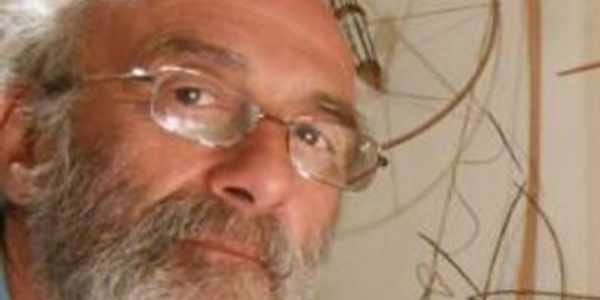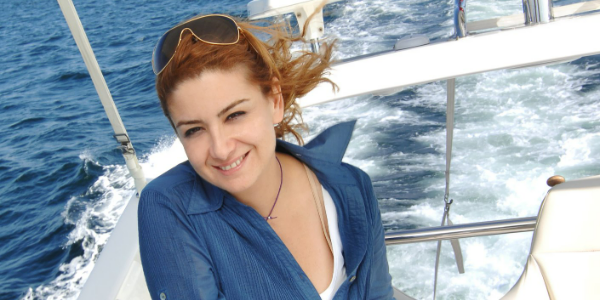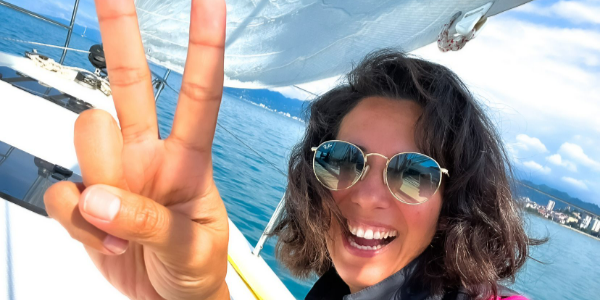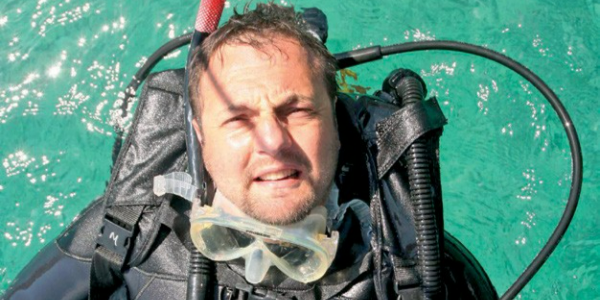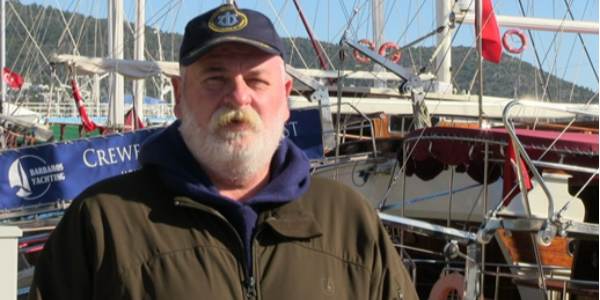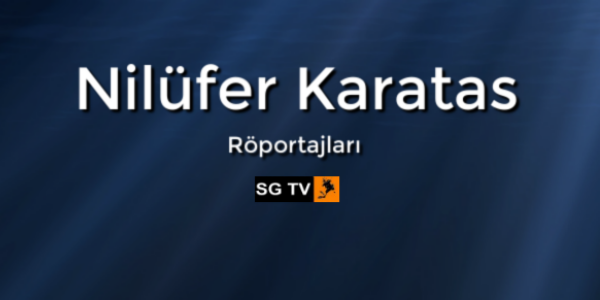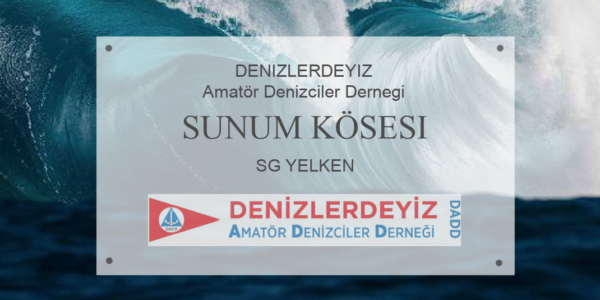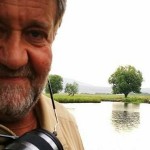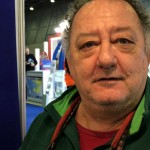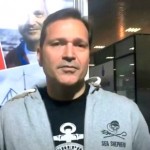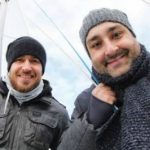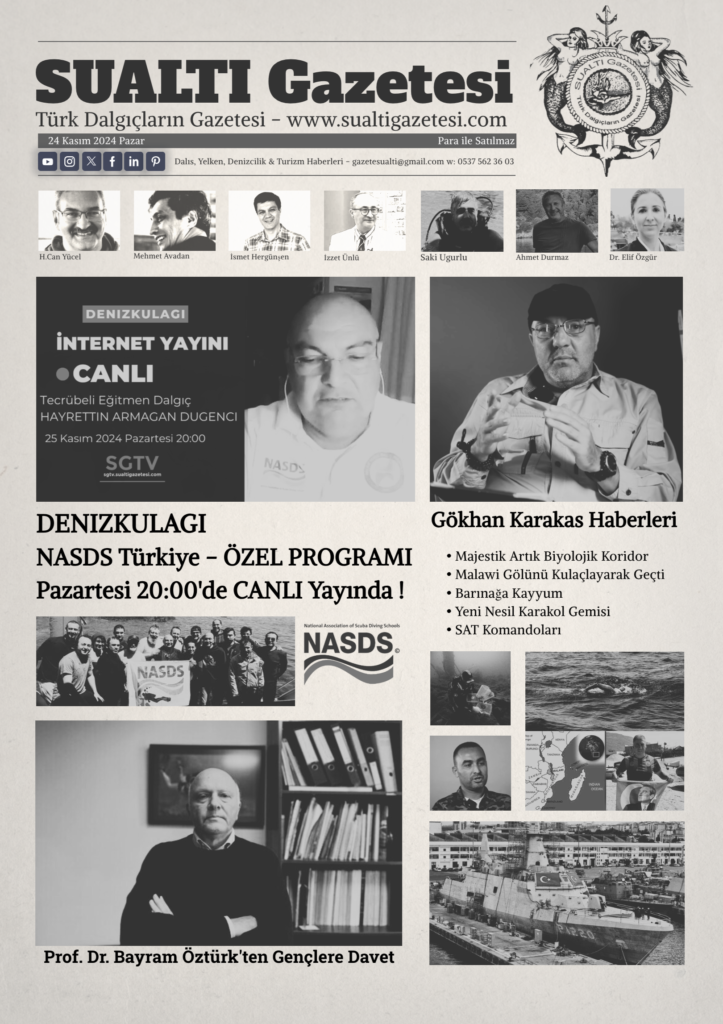(October 13, 2022; Day 40) – Following weeks of upwind sailing out of Europe, and a nerve-racking doldrums experience, the 2022-23 Golden Globe Race fleet was desperate for beam reaching trade winds in the South Atlantic toward Trindade Island off the Brazilian coast and on to Cape Town.
But instead, some have been sailing upwind in confused seas and cold temperatures since crossing the equator…not a friendly welcome to the south.
Simon Curwen (GBR) is holding his lead over the rest of the solo fleet, albeit with a broken genoa halyard that will require a stop at Trindade for repairs, since the sea state does not make mast-climbing a viable option.
The man of the week has been Abhilash Tomy (IND) in second place who has consistently posted fast speeds, including several best 24-hour distances, and taking the absolute 7-day distance fleet record, gaining 210 miles over Curwen.
The top five skippers will converge towards Trindade over the next few days, but they cannot turn left to Cape Town, blocked by strong easterly winds. To try would take them into headwinds for a slow and painful 2600-mile crossing to Cape Town.
Typically, the best route to Cape Town for centuries has been for a course along the South American coast to avoid the St Helena High and then turn left towards the Cape of Good Hope when the westerlies emerge.
However, the center of the current High lay today around 10°W 40°S, a whole 1200 miles south of Trindade Island and will be pushed east leaving a trail of light winds behind. Meanwhile, a low-pressure system will push north in nearly one week. In short, it’s a mess with unstable winds and difficult predictions for the sailors.
To get to the bottom of the High and ensure downwind conditions, sailors would have to push south to the roaring 40s, another 1200-nautical mile, or an extra ten days. Weather information will be vital, with weather fax maps (should they get one off the coast of Brazil), barometric pressure, and wind direction can help to make their critical decision on when to turn left.
Even then, they have no guarantee of finding the conditions they are looking for.
“It’s decision time next week for the leaders; they all know the best way is to get around the South Atlantic High, it’s what we did in the BOC Challenge and what other Round The World Races are doing, but where is it?” asked Don McIntyre, Founder and President of the Golden Globe Race.
“Conditions are very unstable and the high is not very strong. The speed of the GGR yachts cannot compensate fast changing systems, so there will be a lot of surprises and opportunities between Trindade and Cape Town.”
The leaders will not be favored by those unstable conditions. It opens an opportunity for Damien Guillou (FRA), now up to sixth position between the mid-fleet pack and the five leaders. His strategy for sure is to get south of the high and slingshot to South Africa. So far, he is not impressed with the Southern Hemisphere conditions:
“The Southern Trade Winds have not kept their promise: I’m upwind in very unpleasant, confused, and crossed seas, so I’m trying not to get too close-hauled to keep the boat going through the waves. I can’t open the hatches because of the waves, so the heat is unbearable inside. I’m looking forward to downwind sailing, but I would settle for a beam reach!”
Only Kirsten Neuschäfer (RSA) has taken a closer coastal route to get the current along the coast of Brazil and is not planning to see Trindade. She has spent more time in the South Atlantic than the rest of the fleet combined on Skip Novak’s Pelagic which could well make a difference there:
“I am a bit more west than I would have liked, but I’m happy with my position, although I’m sad I might not see Trindade. I have not received weather information since the Canaries and saw very few boats. I will try to get a weather fax map in Rio to get a position for the South Atlantic high and will try to wing it!”
Only three boats remain in the Northern Hemisphere. Ian Herbert-Jones (GBR) on Puffin is in good spirits despite slow progress and failing mainsail batten luff cars. He has accepted his doldrums experience will be longer than expected. Arnaud Gaist (FRA) is managing the doldrums well, mentally and sailing wise, closing the gap to the fleet and may not be the last sailor to cross south. Watch this space!
Elliott Smith (USA) on the other hand went down both in the rankings and in morale after another week of slow progress East of the fleet, a dramatic change from the enlightened experience he had between France and the Canaries.
He shared his frustration on the weekly satellite call, and despair at finding his two spare compasses were broken during transportation in their package, while his main compass is not functioning correctly. He is now relying on a handheld compass for the next seven months.
Fortunately, Smith is the first of the three tailenders to get a small low-pressure system crossing their route from east to west before the weekend, bringing sustained southerlies and possibly their lucky escape through the equator.
The variable conditions from the strong headwinds in the Bay of Biscay, trade winds towards the African coastline, and light, shifty winds in the doldrums have shown that very different boats can lead to similar performances.
The first lesson we have from this comparison of the best performing yachts is that maximum waterline length in a fleet competing in real time is important. All the leading yachts are at 36 feet LOA but LWL varies. Tapio Lehtinen’s Gaia 36 LWL increases as soon as he moves with his low aft overhang. Neuschäfer has the longest while Curwen is performing better than the boat should (preparation, skipper skills and sails make a difference).
Smaller yachts like the Tradewind 35, Lello 34, Barbican 33, and OE32 have not been able to follow the pace of the larger yachts with longer dynamic LWL, never posting a 24-hour distance over 160 nm. Guy Waites (GBR) shared earlier with the GGR Race Control that while in racing mode, his Tradewind 35 could not keep up with the pace of Ertan Beskardes‘s (GBR) Rustler 36 in a more cruising mode and had to take a different option.
The fastest boats in the fleet, posting the most 24-hour distance records are Neuschäfer’s Cape George 36, Lehtinen’s Gaia 36, and Abhilash Tomy/ Damien Guillou’s Rustler 36s all over 170 miles/day and have rather different features. The Cape George is by far the heaviest but most powerful yacht which has the potential to run away in the powereful conditions found in the southern latitudes. The Rustler is more nimble with a better sail area/ displacement ratio, and the Gaia having the lowest sail area but narrower with less wetted area and a better, heavier, deeper keel.
Interestingly neither Curwen’s Biscay 36 and Pat Lawless‘ Saga 36 who have consistently sailed at the front of the fleet have not posted any of the top speeds and have never sailed over 165 miles in 24 hours. They are, however, easier to sail fast and have better average speeds, as well as doing well in heavy conditions.
In the end, those designs are giving the famed Rustlers a run for their money, but the better all-round performance in all points of sail and wind conditions make them an easy choice. Having said that, GGR 2018 winner Jean-Luc Van den Heede shared with us before the start that he would probably choose a Gaia 36, if he were going around one more time, which is essentially a long-keel Swan 36.
Event details – Entry list – Tracker – Facebook
2022 GGR competitors:
Abhilash Tomy (43) / India / Rustler 36
Arnaud Gaist (50) / France / BARBICAN 33 MKII (long keel version)
Damien Guillou (39) / France / Rustler 36
Elliott Smith (27) / USA / Gale Force 34
Ertan Beskardes (60) / UK / Rustler 36
Guy Waites (54) / UK / Tradewind 35
Ian Herbert Jones (52) / UK / Tradewind 35
Jeremy Bagshaw (59) / South Africa / OE32
Kirsten Neuschäfer (39) / South Africa / Cape George 36
Michael Guggenberger (44) / Austria / Biscay 36
Pat Lawless (66) / Ireland / Saga 36
Simon Curwen (63) / UK / Biscay 36
Tapio Lehtinen (64) / Finland / Gaia 36 Masthead sloop
Retired
Edward Walentynowicz (68) / Canada / Rustler 36 (dropped out Sept. 8)
Guy deBoer (66) / USA / Tashiba 36 (ran aground Sept. 16)
Mark Sinclair (63) / Australia / Lello 34 (retired in Lanzarote Sept. 22)
About the 2022 Golden Globe Race
On September 4, 2022, the third edition of the Golden Globe Race started from Les Sables d’Olonne, France. Sixteen skippers will face eight months of isolation sailing 30,000 miles across five oceans solo non-stop and unassisted.
In 1968, while man was preparing to take his first steps on the moon, a mild mannered and modest young man was setting out on his own record breaking voyage of discovery. He had entered the original Golden Globe. Nine men started that first solo non-stop sailing race around the World. Only one finished. He was 29 year old Sir Robin Knox Johnston. History was made. Navigating only with a sextant, paper charts and an accurate and reliable time piece, Sir Robin navigated around the world.
In 2018, to celebrate 50 years since that first record breaking achievement, the Golden Globe Race was resurrected. It instantly gained traction with adventurers, captivated by the spirit and opportunity. Eighteen started with five finishers.
To embrace the original race, competitors must sail in production boats between 32 and 36 feet overall and designed prior to 1988 that have a full-length keel with rudder attached to their trailing edge. Additionally, sailors have limited communication equipment and can use only sextants, paper charts, wind up clocks, and cassette tapes for music.
Source: scuttlebutt – https://www.sailingscuttlebutt.com/2022/10/13/unruly-for-golden-globe-in-south-atlantic/


